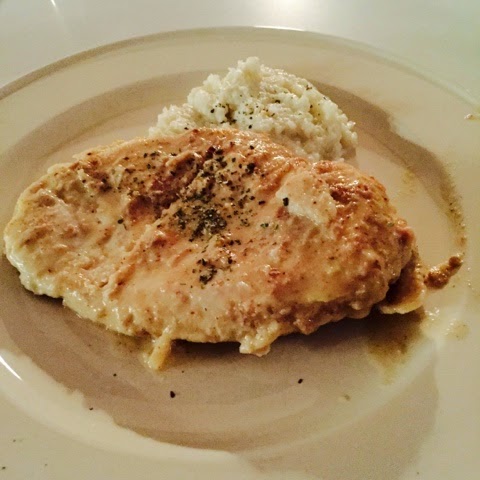hello again
So yeah it’s been a long time. Sorry about that. It’s not that I haven’t been cooking—quite the contrary. I have just been cooking (and running around) too much to sit down and write down.
Last week we were in Williamsburg for 4 days where I did zero cooking. Why would I when I can get Korean fried chicken and homemade kimchi delivered in 45 minutes; hot pepperoni pizza only three blocks away at Artichoke Pizza; juicy burgers from the Italian place downstairs and really good (if not authentic) Mexican food that even the kids will eat (with portions big enough for lunch the next day.) Ah Brooklyn.
When we got back, I declared a vacation-inspired no cooking zone and then quickly reneged on that when all four of us were home for three meals and innumerable snacks a day. Every night we said: Let’s go out. But where….? Then I wound up cooking.
So here’s a little synopsis of my recent kitchen outputs. I’ve actually taught myself a few new techniques and found or invented a couple keepers. (If anyone is reading this and wants recipes or more info, please ask.)
Wednesday (dinner party)
Wedge salad—I just quartered an iceberg head and made a dressing of blue cheese, buttermilk and sour cream then threw in a few croutons from our giant Costco bag which never seems to go stale...hmmm.
Sous vide steaks I’m obsessed with my sous vide machine! It's as easy as sticking the machine in a container of water to create a steady low temp cooking environment and then slipping in vacuum sealed meats. After an hour, you remove the steaks from the plastic and sear or grill them for 2 minutes. (See below.) There’s no better way to make tender meat and Serious Eats is the best source of recipes.
Spanish salted potatoes - these were from Milk Street magazine, created by the former editor of Cooks Illustrated, which is my new favorite cooking magazine. After being boiled in way salty water, the potatoes became encrusted with salt but they were creamy and not salty inside. Served them with a fancy take on Russian dressing.
Friday
Sugar-free ribs: We were headed to Long Island where my father in law is struggling with diabetes so I made up a ribs recipe without sugar:
I rubbed pork spare ribs with salt, pepper, smoked paprika, garlic powder, onion powder, chili powder. Then baked at 325 on a rack/baking sheet for 2 hours; brushed with sauce (salsa, chicory root sugar substitute, the spice rub mix and butter—all boiled down together) and cooked for another 1-1.5 hours.
Served with this homemade sriracha made by Asian Farmer Dumplings that we picked up at Irvington’s fabulous farmers market.
Saturday
Oven-steamed salmon: This is a great way to get soft decadent salmon with no effort: put a pan of water in the oven as you cook the fish. Served with plain yogurt mixed with lemon juice and pepper.
Sous-vide salmon: Brine for 30 minutes, add salt, pepper and herbs and a little oil then seal in a bag. Cook at 125.5 for 40 minutes and then sear skin in hot pan.
Steamed broccoli topped with parm cheese, lemon and olive oil
Toast spread with the excellent salmon cream cheese from the Bagel Emporium in Tarrytown.
Sunday (dinner party)
Reverse seared pork loin with couscous greens and roasted spring onion. Served with tomato and mozzarella crostini. The reverse-sear method also belongs to Serious Eats and is similar to sous vide: cook low and slow then sear or broil (in this case) for a crust. It's stupid easy—season meat and cook. Then increase heat and cook more.
Of course the kids didn't eat any of this so there was plenty of takeout pizza this week too (but none as good as Brooklyn's.)
















